You can have brilliant ideas, but if you can’t get them across, your ideas won’t get you anywhere. – Lee Iacocca
The road to hell, is paved with good intentions, as the saying goes. History is full of anecdotes, where great people with good intentions formed laws and principles, which would help the coming generations in formulating a stronger and better society, which would not just provide a healthier atmosphere for individual growth, but also encourage the pursuit of brilliance, by the society as a whole. Unfortunately, this spirit of generosity and magnanimous attitude often gets lost in translation over the centuries, and finally is replaced by a distorted interpretation & ugly version of the truth.
The thousand years old Indian caste system, fits the previously mentioned description very accurately. A system which was envisioned to use diversity & individuality of different human minds, in a best coordinated way, to enrich the growth of society with fruitful contributions from every productive member of the society, finally fell to short term vision of a few selfish, but powerful individuals.
The word Caste has a Spanish & Portuguese origin from casta, which in Spanish dictionary means breed or race. The term was however popularised in the west by the Portuguese, who coined the term for different social groups, which they saw, when they first reached the shores of India. The roots of Caste system of India, goes back at least 3500 years. In ancient India, the Hindu society was divided on 4 groups. These classes or “varna” arranged in hierarchy are the following -
The people who belonged in this category were - priests, teachers and scholars. As erudite members of society, they were highly respected by all, including the Kings and Emperors too. They were called upon for advice, during crisis by the rich and mighty, at the time of crisis in kingdom or society. The kings also followed these advices and instructions, which made Brahmins tremendously rich and powerful in many cases.
Traditionally these were the soldier class of the society, and responsible for safety and security of the ordinary citizens, from an outside attack or crisis rising from internal calamity. The King & Generals of ancient kingdoms, fell in this category and they had certain privileges, which came with a lot of responsibilities.
Farmer, traders and artisans formed this group. The landowners and money lenders also belonged to this class, which gave them a lot of financial clout, enabling them to control society indirectly.
The labourers and manual workers formed this stratum of the society, which was considered much less important, than the previous three group mentioned.
The notable fact is that, in the system of “varna classification” discussed previously, there is no category which could be described as an untouchable class of people. In fact, nowhere in ancient Vedic texts, any description of any untouchables is present. Many experts also agree that, Vedic literature is devoid of untouchability concept. This distortion, like many other wrong practices, emerged much later, thanks to post Vedic texts like - Manusmriti. Vedas also instructed the Kings, that in certain religious ceremonies they should partake the same food, from the same vessels, as used by the common citizen of the society. The varna system at that period was based on aptitudes, nature and merit of an individual, rather than on birth.
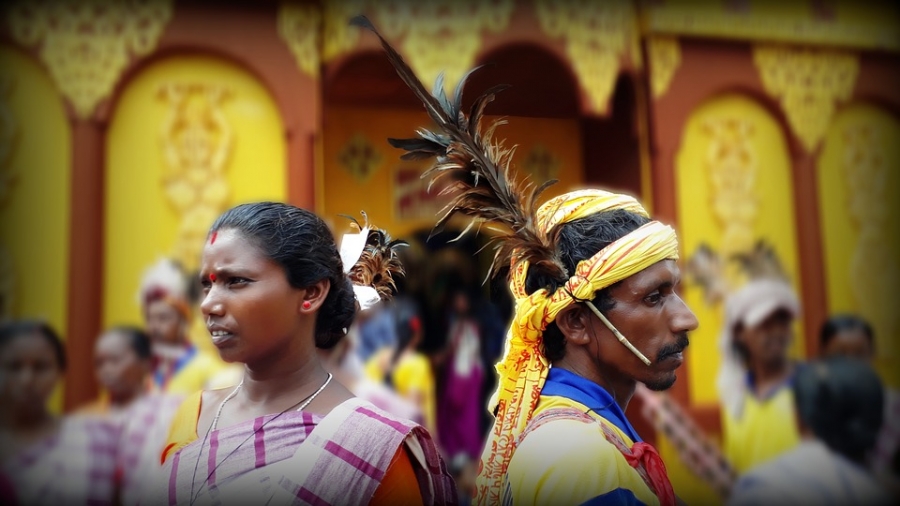
The division of Varna, on basis of merit was done, for multiple reasons. For the smooth functioning of a society, a balance of knowledge, power, money & manual labour was required. These were provided by Brahmins, Kshatriya, Vaisya and Shudra respectively. This division of labour ensured that, when every body is doing a job which is suitable for them, the society would improve and prosper, while maintain a strict order and decorum. In spite of presence of hierarchy, an honourable concept of dignity of labour was present. Children of parents, of certain caste could take up a profession of another caste, if they had the innate aptitude & training, for the required job.
There are plenty of examples in ancient Hindu religion, where the change of Profession/Caste/Line of work have clearly been mentioned. This ability to change their identity & caste, by their line of work has been again and again mentioned in different religious texts written by different writers, in different periods clearly supporting the fact that, the religious texts & customs advocated caste system based on merit & not just a rigid compulsion adhered to, because of the accident of birth. Although Hindu texts are full of such examples, but few notables among them are –
Sage Vishvamitra, who is considered as “Brahmarshi” – the highest category of Sages in Hindu Mythology, and credited with writing portions of Rigveda, was a valiant king, who was born a Kshatriya. The story of Vishvamitra, appears both in Ramayana & Mahabharata, the two great Hindu epics. The wish to become a sage (who were normally Brahmins), made King Vishvamitra renounce his kingdom. He further had to undergo years of meditation & penances, before he could become a Brahmarshi.
The great sage Valmiki, is credited with writing the most scared Hindu epic – Ramayana; where he is also a lead character. Although born as Ratnakar, to a religious sage – Prachetasa (also called Sumali), he got separated from his family, as a kid in a Jungle. Luckily, he was adopted by a hunter, who found him. Later he grew up as a hunter, but financial difficulty forced him to a life of robbery. A chance encounter with divine sage – Narada rishi, made him realise that the life he was leading was sinful.
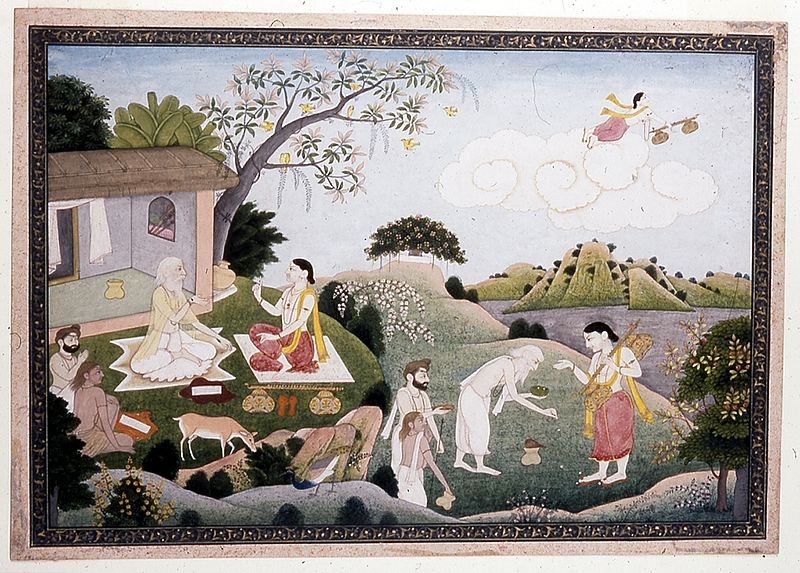
Repentant and wanting to atone for his sins, he spent a very long period in divine meditation. The prolonged process created an ant hill (or Valmika) over him. When he finally came out his meditation, he attained the supreme position among all Hindu sages – that of a “Brahmarshi”. Famous as rishi Valmiki, he is a very respectable personality in Hindu religion, because of his honourable actions & not because of his birth.
This ancient sage who is credited with writing ancient text – Jabala Upanishad, was a son of Shudra mother & his father was unknown. In spite of all these handicaps, he rose by his hard work & determination to become a celebrated sage (who were mostly Brahmins).
The well-known legendary king Harishchandra, was a very powerful & rich king, who finds mention in different ancient Hindu religious texts. He is famous in Hindu mythology, as a very honest king, who sacrifices all his wealth & riches to Sage Vishvamitra, when he asks these as donation (to test the king’s integrity).
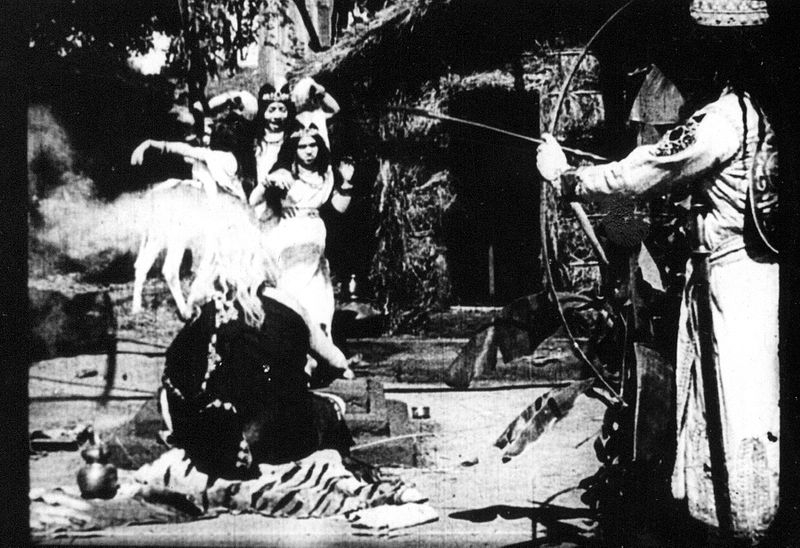
Later the story mentions, the selling of King Harischandra, his wife & son to slavery; and Harishchandra being forced to work as a worker in a cremation ground (a work usually done by people of Shudra caste). Later the King gets back all his riches & prosperity, by the god’s satisfaction of his honest nature. This story clearly demonstrates how a person belonging to one caste, could take on the role and work of a different caste.
Ramayana is the most sacred religious epic in Hindu religion. The main villain in this religious text is Ravana – the king of Lanka (modern day Sri Lanka). However, Ravana’s father was a Brahmin and a great sage - named Viswashraba. Ravana’s identity throughout his life remained as a Kshatriya, because of him being the King of Lanka (a position - which he forcibly took, from someone else).
The banker of gods in Hindu pantheon – Kubera, was the step brother of Ravana & elder son of Sage Viswashraba. He also like his younger step brother – Ravana, did not follow in his father’s footsteps, instead becoming a keeper/caretaker of wealth of the gods, a role specially undertaken by the caste of Vaishyas.
Bhagavad Gita, is a part of the one of the main Hindu religious epic – Mahabharata (the other being Ramayana). A masterpiece on its own, it is also a sacred religious text meant to show way, to the people in their difficult times, because of its practicality. Said to be word dictated by Lord Krishna, an incarnation of God himself, the words described have carried tremendous importance for Hindu culture & Indian society since time immemorial.
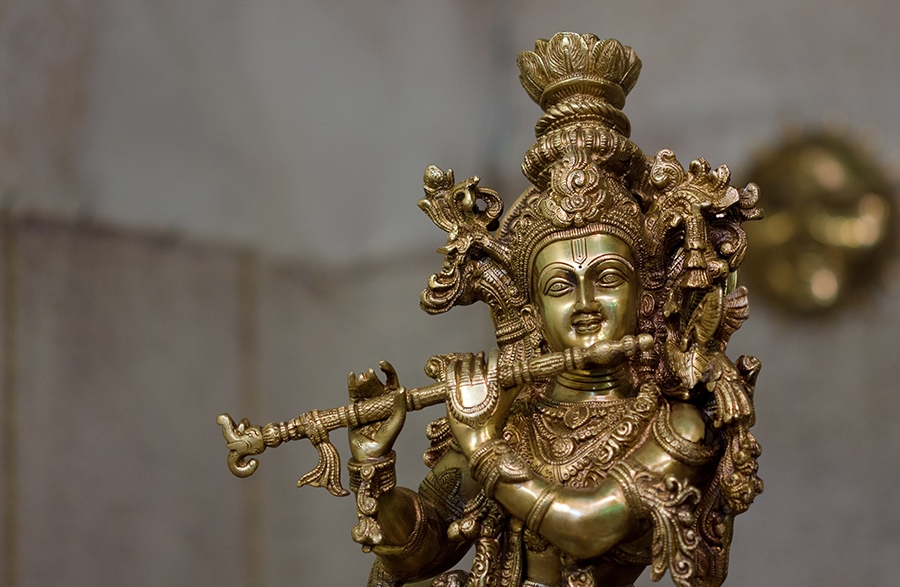
The 4th chapter of Bhagavad Gita, dealing on Transcendental Knowledge, clearly states the position of caste system in Hindu religion in its 13th Sloka (verse), which is as follows-
“Chaaturvarnyam mayaa srishtam gunakarma vibhaagashah;
Tasya kartaaram api maam viddhyakartaaram avyayam.”
The interpretation of this Sanskrit verse is – “The four varnas (Caste) has been created by me, according to different Gunas (Quality) and Karma (work nature); and although I am the creator of this system, I am also non - doer and unchanging over time.
The first line of the verse, clearly demonstrates that the words, which were spoken by god himself, was an intent on dividing the ancient Hindu society into different caste, depending on individual qualities and work and not as a matter of birth right. So, by acquiring knowledge & education, it is possible for a person with lower caste background to become Brahmin and vice versa - a person from Brahmin background can become Shudra, if he is inactive in raising his standards & indulges only in worldly pleasures. So, it is the actions & not the accident of birth, that determines a person’s caste.
The 18th Chapter deals with Renunciation, in which Lord Krishna again describes in the 41st Sloka (verse) –
“Braahmanakshatriyavishaam shoodraanaam cha parantapa;
Karmaani pravibhaktaani swabhaavaprabhavairgunaih”.
The interpretation of this Sanskrit verse is – “Brahmins, Kshatriya, Vaishyas and Shudras, have duties, distributed according to the qualities of their own nature.”
This verse also reiterates and substantiates, what has already been mentioned previously.
There are clear cut evidences in history, that even people who had Shudra background progressed to Kshatriya class and even became the rulers of kingdom. These people were often venerated and many times also feared by the people around them.
Emperor Dhana Nanda, who ruled over the greatest empire in India, when Alexander the great invaded the western fringes of the country, is believed to have been from Shudra background. It is believed that fear of facing thousands of elephants and war chariots in Nanda’s army, was one of the factors leading to refusal of the Alexander’s army, to move any further into Indian territories held by Emperor Nanda. This fact is proven beyond doubt, by the writings of Greek historian – Diodorus. The Nanda dynasty in 4th century BC, rose to power by destroying many other Kings, who were originally from Kshatriyas caste, by birth.
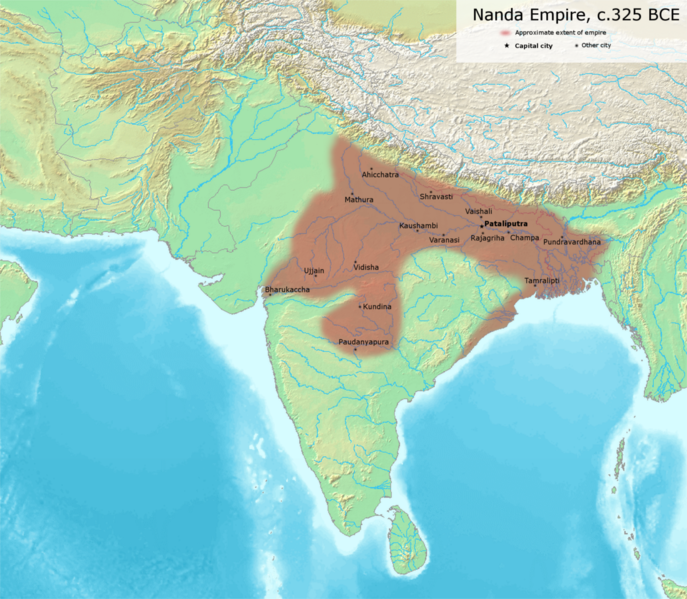
The Nanda dynasty eventually was succeeded by Maurya dynasty, which was founded by Chandragupta Maurya. History states that Chandragupta Maurya was chosen by his guru - Chanakya, at a very young age, for grooming to become a king. It is believed that he was also born in a family, which was of backward caste, as mentioned by contemporary Greek sources (However Buddhist records, written centuries later, wrongly described him as a Kshatriya). Later on, his marriage to the Emperor Nanda’s daughter (whose father was from Shudra background), and subsequent descendants produced from this union, like Emperor Ashoka – who is respected to even this day in modern India, proves that social ascension of lower Shudras were natural occurrence in ancient India.
The founders of Vijayanagar empire – Hakka (also known as Harihara I) & his brother Bukka Raya I, had origin from shepherd community, of Karnataka. They were commanders in army of King of Warangal & were taken as prisoners & sent to Delhi, when the king was defeated in war, against forces of Delhi Sultanate. In spite of being forcibly converted to Islam, during their imprisonment in Delhi, they managed to escape and return to their native land. Here they again reconverted to Hinduism (with help of Saint Vidyaranya) & later, allied many different forces to create the Vijayanagara Empire, which lasted more than 3 centuries. This historical story clearly shows that change of both religion & caste-based identity was possible in ancient India.
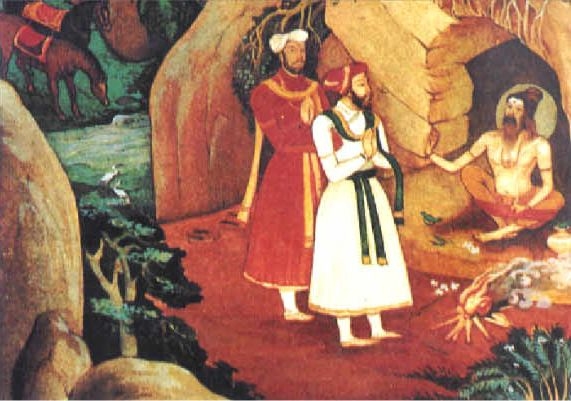
These evidences clearly prove that if a person from Shudra background, became a king and ruled over his subjects and also started protecting his people from outside threats and invasions, he automatically took on the role of Kshatriya and was known as such. The caste hence was determined by the actions of an individual & not by his birth origin.
The beginning of the rigidity of the caste system was the start of many social problems, which would soon engulf the Hindu culture and Indian society as a whole. Selfish personal fulfilment, which was the anathema of ancient Hindu culture and Indian way of life, was the first step which initiated the distorted cast system to emerge.
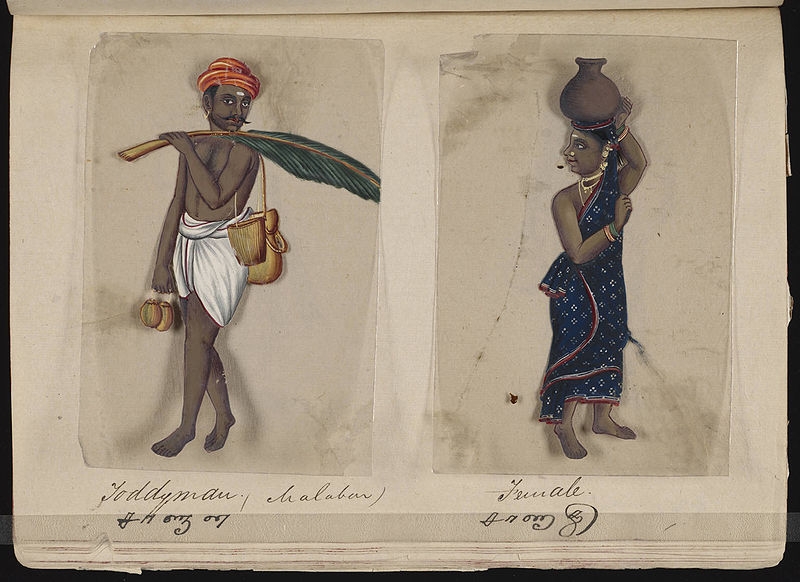
An anthropologist – Susan Bayly, has noted that caste was never a fixed status in India. The form of caste system, which is present in modern India, emerged during the 18th and 19th century, after the fall of Mughal empire. In this scenario, many people started to assert their position among the elite, by describing their high caste and relations to prominent individuals of the society like kings and priests. The emergence of the British empire as the de facto rulers in India, would create the presently widely conceived & believed caste system.
The mention of caste in census started in British India in 1881. The firm division of Indian society on lines of caste wad done with keeping many factors in view. The British society of the time, was itself divided by strictly enforced and practised, class system. Allowing only the higher caste Indians to hold administrative posts and senior positions, created a social divide, which would allow the British to control a country, which was significantly much bigger and more populous than their own.
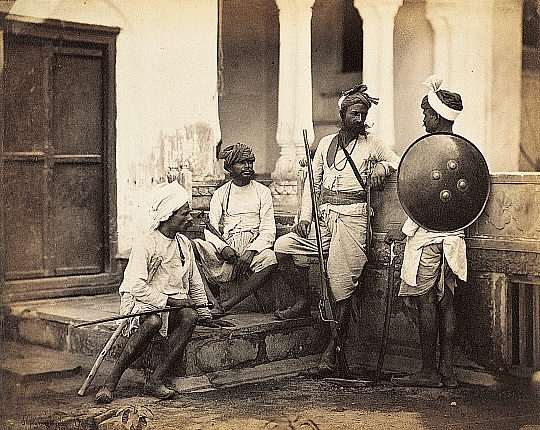
The Criminal Tribes Act of 1871, was based on the firm belief that, people from certain caste background have an inherent criminal nature by birth & even in absence of any such prior history, were not trustworthy. Most of the people falling in this group were those, whom the British believed to be against their rule or whom the British eyed with suspicion. By 1931, the administrative subdivision of British India – Madras province, had 237 castes, identified and listed as Criminal castes and tribes. The Land Alienation Act in 1900 & Punjab Pre Emption Act in 1913, allowed only certain caste the ownership of land, while denying similar rights to many others.
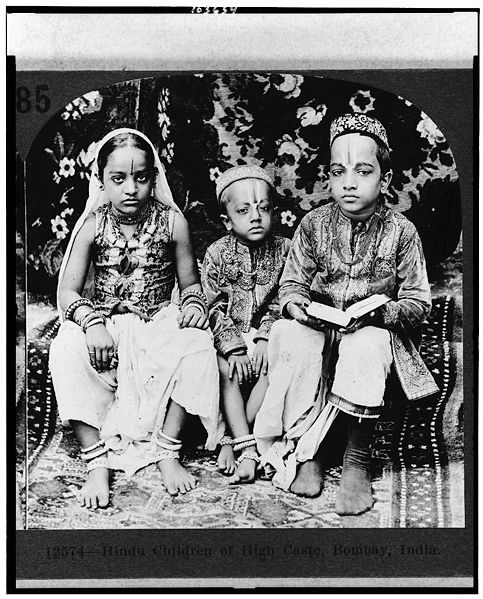
The caste system which allowed mobility of individuals from one caste to another, was erased out by the British, to create a rigid caste system based on birth, which weakened India as a whole, due to division of its people on basis of caste. This divisive policy helped the British to get more effective control over the life of Indian populace & helped them in furthering their own interests.
In the early part of 20th century, the freedom struggle by Indians gave rise to certain leaders who were able to identify the British divide and rule policy. Leaders like Mahatma Gandhi, championed for the rights of those, who were known as backward castes, who by then, were really facing much discrimination from their own countrymen, in addition to the lack of opportunities created by the policies of British Government.
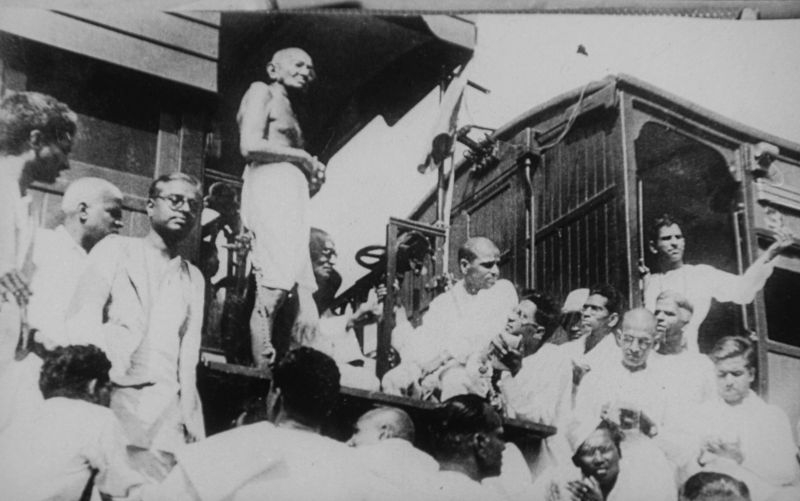
After Indian independence in 1947, the government of free India, took many steps to ensure that the social justice which was denied for a long period to the weaker sections of the society, does not impede the development and prosperity of the newly independent nation and its people. New laws were made to punish people who indulged in discriminating practices against the backward caste people. The weaker castes were identified by their names, and a list of schedule caste, schedule tribe and Other Backward Class (OBC) made. Special provisions have been made in form reservation quota in educational institutes and employment sectors, for the members of historically discriminated communities.
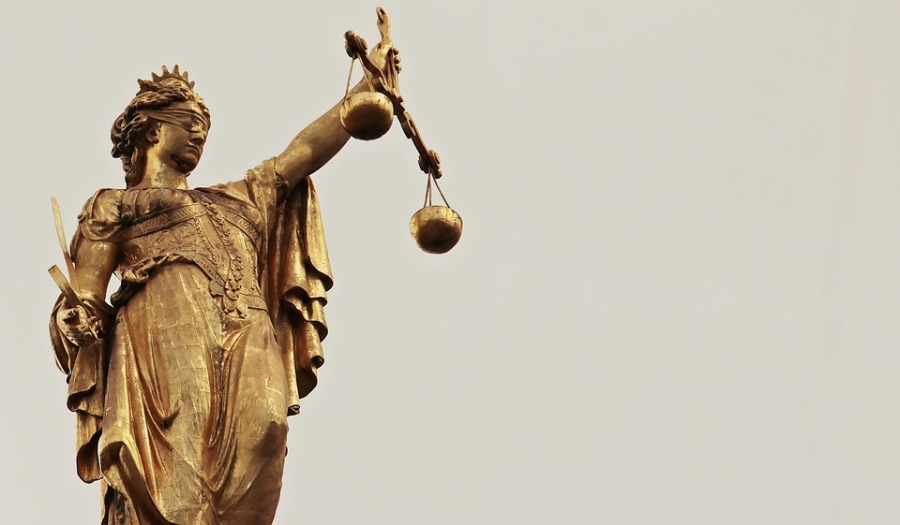
After 71 years of Indian independence, the ill effects of the caste system are almost gone. With a very big proportion of seats in educational institutes & job sectors, being reserved for the backward caste people, it has been possible to eradicate a lot of social ills, that formed during two centuries of British rule of India. Financial affluency, along with changed mindset because of education and rapid globalisation, have made inter - caste marriage & other social interactions, between different castes very common.
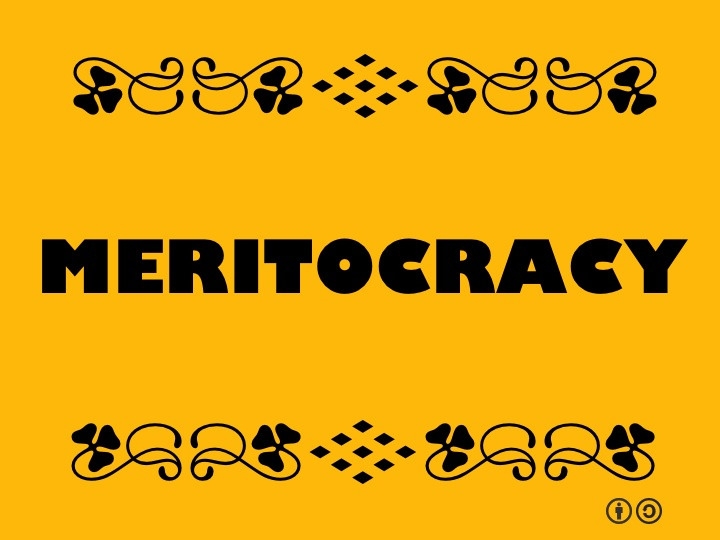
However, many poor people from the traditionally described higher castes, like – Brahmin & Kshatriya background, believe that, these policies have been discriminatory against them. They put forward the argument (which is logically justified), that reservation in educational institutes and job sectors, should be given to all financially poor people, irrespective of their caste background. The supporters of this theory believe, that in 21st century, the children of poor upper caste people face, far more disadvantage than the children of rich backward caste people. It seems, it will take some more time, before a final and satisfactory solution to the caste problem is achieved - which is acceptable to all.
Also Read: Hard to believe, Strange News of 2018
Unfortunately, a system which should have been a boon for the Hindu culture and Indian society, had become a tool for inflicting innumerable pain and hardships to certain segments of the society. In the modern world also, it remains a controversial subject for many. However, India as a nation has faced many challenges throughout its period of existence, in last 7000 years. The triumph over these challenges has been the hallmark of a nation, which has always been more than just a country.
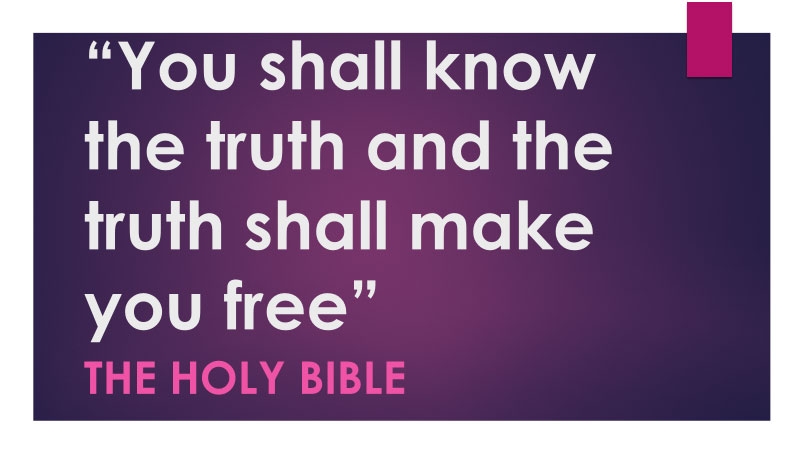
A civilization, which has survived trials and tribulations, inflicted by marauding invaders and ravages of time - spanning many millennia, will always find a way to recover from the misunderstood legacy of British imperialistic history. Very soon our ancient nation will once again emerge as the glorious beacon of hope in the eastern world, as it was long time ago.